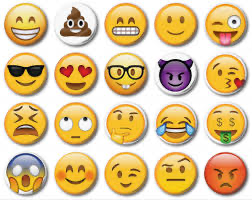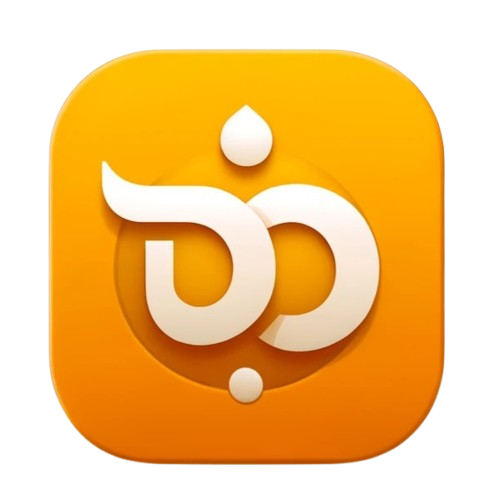The Rise of Emojis: How We Learned to Communicate with Cartoon Faces

Ah, emojis. Those little icons that have somehow become the cornerstone of modern communication. Who needs words when you can just send a poop emoji and call it a day?
Yes, in today's social media landscape, emojis reign supreme. They're everywhere, from Facebook to Twitter to Instagram. But what do they really mean? Do they actually add anything to the conversation?
Let's take a closer look. There's the laughing-crying emoji, which seems to be the go-to response for anything even remotely amusing. Did something make you chuckle? Laughing-crying emoji. Did someone tell a joke that wasn't quite funny enough to elicit a full-blown guffaw? Laughing-crying emoji. It's the equivalent of a polite golf clap at a comedy club.
Then there's the heart-eyes emoji, which is apparently the highest form of praise you can bestow upon someone. Did someone post a selfie that you find marginally attractive? Heart-eyes emoji. Did your significant other send you a text message that wasn't completely devoid of emotion? Heart-eyes emoji. It's like a digital version of throwing rose petals at someone's feet.
And let's not forget about the thumbs-up emoji, which is the ultimate expression of approval. Did your friend just announce that they got a new job? Thumbs-up emoji. Did your coworker finally figure out how to use the copier? Thumbs-up emoji. It's like giving someone a pat on the back, but without actually having to touch them.
But here's the thing: emojis are supposed to enhance our communication, not replace it entirely. And yet, we've become so reliant on them that we've forgotten how to express ourselves using actual words. We've reduced our entire emotional spectrum down to a handful of cartoon faces and symbols.
So the next time you're tempted to send that poop emoji, maybe think twice. After all, do you really want to be known as the person who communicates exclusively in pictures of smiling piles of poop?
- Political Leaders
- Art & Crafts
- Dance & Music
- Sanatan Dharma
- Education & Training
- Food & Drinks
- Gaming
- Health & Fitness
- Home & Gardening
- Literature & Culture
- Love
- Medicine & Ayurveda
- Motors & Vehicles
- Movies & Cinema
- Parenting
- Politics
- Science & Technology
- Shopping
- Social Media
- Spirituality
- Sports
- War & History
- Yoga & Meditation
- Travel & Tourism
- Natural Disaster
- Business & Startups
- DIY & Home Decor
- Finance
- Personal
- News
- Pet Lovers
- Wild Life & Nature
- Podcast & Audio Books
- Poetry
- Law & Order
- Moral Stories
- Jokes & Humour
- Other

